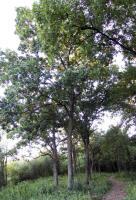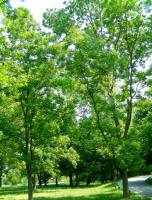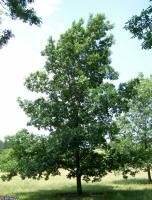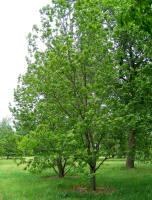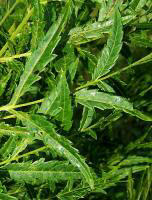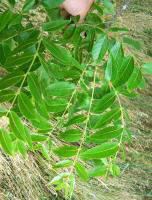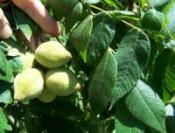Walnut & Hickory – Family Juglandaceae
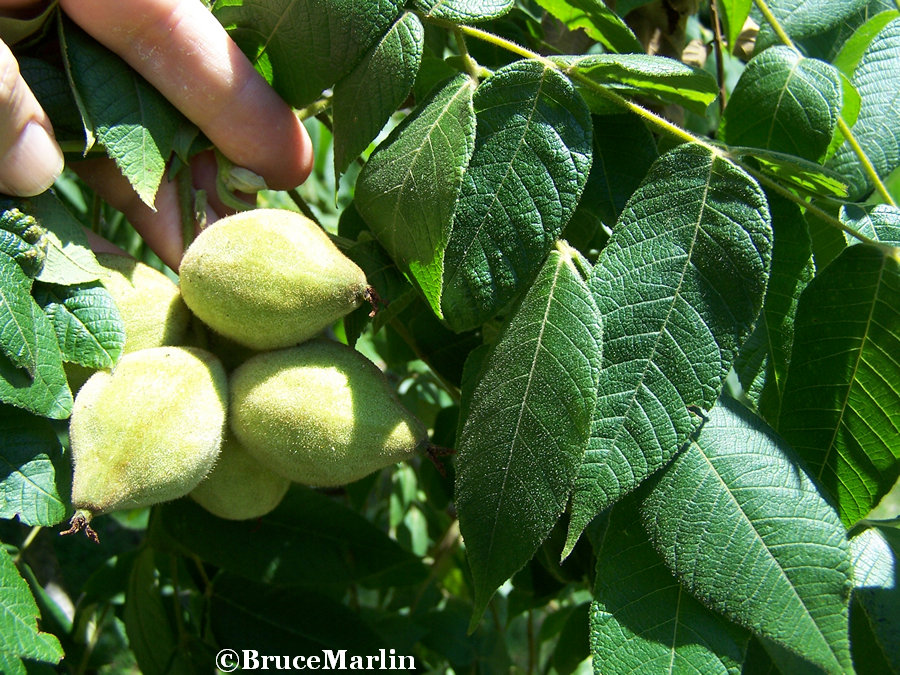
Butternuts & Foliage
The Walnut family is a large group of deciduous, aromatic trees. There are about 50 species worldwide, 17 in North America, including some of our most important timber and nut trees.
Members of the walnut family have large aromatic leaves. The leaves are pinnately compound, or ternate, and usually 20-100 cm long. The trees are wind-pollinated, the flowers usually arranged in catkins. Hickory nuts (Carya) and Walnuts (Juglans) in the Juglandaceae family grow within an outer husk; these fruits are technically drupes or drupaceous nuts, and thus not true botanical nuts.
There are eight genera in the family, including the commercially important nut-producing trees: walnut (Juglans), pecan (Carya illinoinensis), and hickory (Carya). The Persian walnut (Juglans regia) is one of the major nut crops of the world. Walnut and hickory are also valuable timber trees. Hickory wood has long been prized for tool handles and other applications for a hard, tough wood.
The 7th President of the United States, Andrew Jackson, was affectionately known as “Old Hickory,” likening the strength and toughness of his agressive personality to hickory wood. Jackson was seen as a great General and military commander, primarily for his defeat of the British Expeditionary Force at the battle of New Orleans in 1815.
He was also a rich slaveowner and an enforcer of the Indian Removal Act which forced hundreds of thousands of Native Americans to relenquish their lands and decamp to the Indian Territory (now the State of Oklahoma). Whatta guy.
Scientists at the National Center for Atmospheric Research (NCAR) at Boulder, Colorado, have discovered, by accident, Walnut trees may get “headaches.” As reported in the scientific journal Biogeoscience, instruments set up near a grove of walnut for monitoring air pollution showed that at certain times, the trees emitted methyl salicilate, a form of acteylsalicylic acid, or common aspirin.
These emissions corresponded periods of prolonged droughts or large temperature fluctuations, stressful events for any type of plants, but for trees in particular. The scientists believe the aspirin-like chemicals trigger the production of proteins that boost the tree’s immune system to help ward off disease.
Tree Encyclopedia | Tree Index


